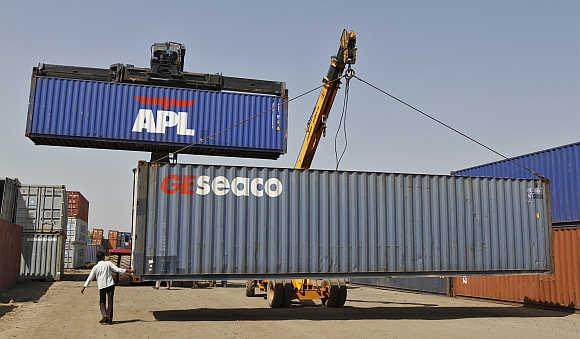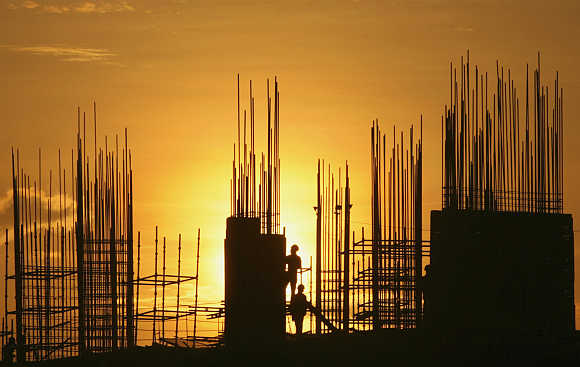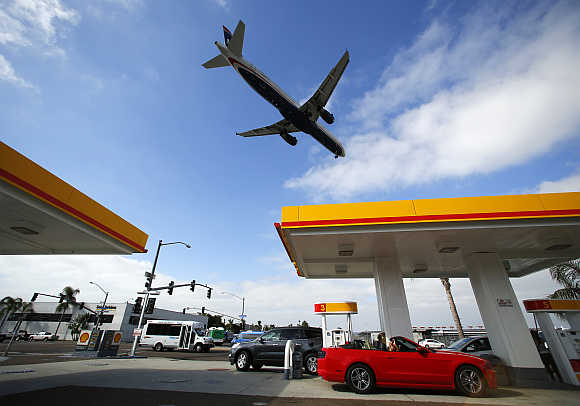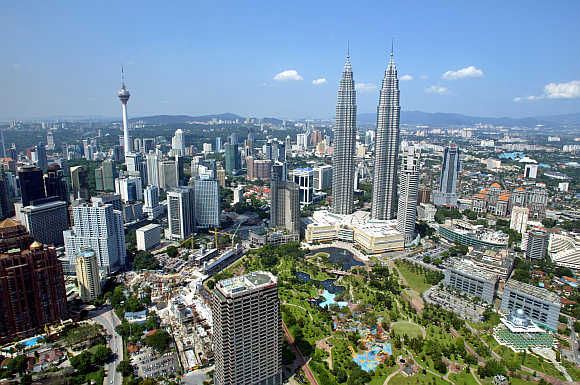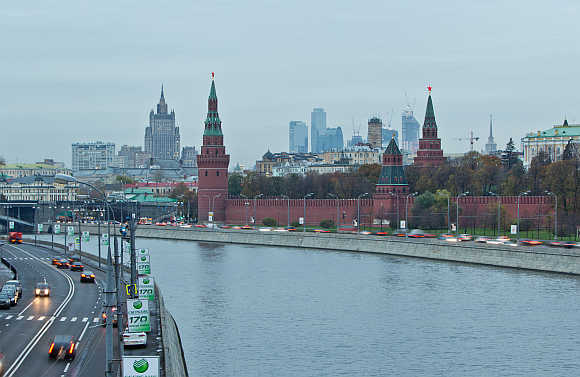 | « Back to article | Print this article |
'Aim is to double India's share in world trade'
India mainly exports engineering products, petrochemicals, gems and jewellery, says M Rafeeque Ahmed, President, Federation of Indian Export Organisations.
Ahmed, pictured below, says rising cost of credit and infrastructure bottlenecks are some of the major problem affecting the export sector.
Asia is India's largest partner contributing to more than 50 per cent of country's exports, he tells Faisal Kidwai in an email interview.
 Could you tell us a bit about India's exports numbers in 2011-2012 and some of the items India exports?
Could you tell us a bit about India's exports numbers in 2011-2012 and some of the items India exports?
India's exports touched $246 billion in 2010-11 and the target for 2011-12 was fixed at $300 billion. We exceeded the target and reached new milestone of $306 billion. Encouraged by the growth in exports, the government has fixed export target of $360 billion for the current fiscal.
Click NEXT to read more...
'Aim is to double India's share in world trade'
The long-term target is to double our share in world trade by 2020. We expect the world trade to be around $62 trillion and doubling of India's share (from two per cent to four per cent) will take our exim trade to $2,480 by 2020.
The diversification in the basket of exports is clearly visible and the same is dominated by engineering products, petrochemicals, gems and jewellery and chemicals, including pharmaceuticals and textiles. Most of the traditional sectors of exports have lost their share due to emergence of engineering sector and petrochemicals in India's exports.
Click NEXT to read more...
'Aim is to double India's share in world trade'
What are some of the major problems facing the export sector?
Barring the present slowdown in exports, the main problem in exports has been on supply side. Rising cost of credit, infrastructure bottlenecks adding to delivery cost and time, high transaction cost, and lack of marketing support particularly for micro and small units are some of the major problem affecting the export sector.
The volatility in the exchange rate has also affected the export sector creating uncertainties both for buyers and sellers.
Click NEXT to read more...
'Aim is to double India's share in world trade'
What steps are needed to close the trade deficit gap?
If you look at the profile of imports, much of the same is demand of a developing economy and thus, we need to boost our exports to bridge the rising trade deficit.
The trade deficit in 2011-12 has already crossed $185 billion. However, the decline in gold and silver import by over 40 per cent in the current fiscal would bring some relief on the deficit front. Moreover, if the average crude prices remain below $100 to a barrel, we may save substantial foreign exchange on crude imports.
With allocation of coal reserves and utilisation of the same by companies, the coal import may also soften. I believe that the trade deficit would come down to below $150 billion for the current financial year.
Click NEXT to read more...
'Aim is to double India's share in world trade'
Which are India's big exporting countries?
Asia is India's largest export partner which presently contributes to over 50 per cent of country's exports. With the signing of Asean FTA and CECA/Cepa with Japan, South Korea, Malaysia, we may see our exposure to Asia for exports may go up to 60 per cent shortly.
European Union is also one of our important partners accounting for 18 per cent of our exports, while North America is contributing to 12 per cent but growth in exports to North America particularly to the United States has been close to 40 per cent in last fiscal.
Click NEXT to read more...
'Aim is to double India's share in world trade'
Which countries or regions are still not fully tapped and are likely to emerge as important trading partners?
While we have diversified into Latin America, Africa and Commonwealth of Independent States and in last 10 years, the share of these regions in India's exports have gone up substantially. However, we have yet to realise our potential into these markets. We can easily take our exports to Latin America from $13.64 billion to $30 billion by 2015.
CIS is the least exploited region and our total exports to the region itself is only about $3 billion (less than one per cent of our total exports). With market such as Russia, one of the most growing economies, we should aim for $10 billion of exports to Russia alone over next three years.
I'm looking at increasing India's exports to these three important regions from about 10 per cent at present to 20 per cent by 2015.
